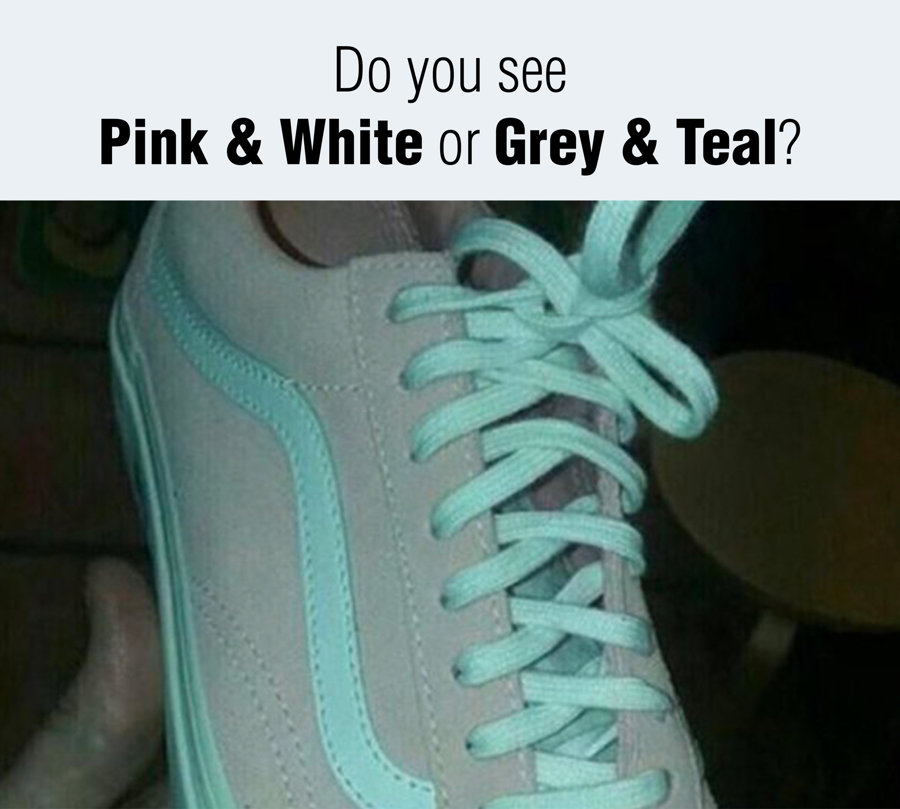To Trivex or to Polycarb?
For the lay-person, understanding different lens materials are potentially foreign ground. It was with this in mind that we decided to demystify some lens materials and clarify both the benefits and limitations of two of the most popular lens materials available. The question we set about answering: which is better for your optical lenses – trivex or polycarbonate?
--->Both materials are popular and for good reason. When eye safety or protection, as well as durability, is a concern, both polycarbonate and Trivex lenses are excellent lens materials for your eyeglasses, sunglasses and sports eyewear. Both provide excellent visual solutions to many different lifestyles.
--->Polycarbonate and Trivex lenses are thinner and lighter than regular plastic lenses.
--->They also offer 100 per cent protection from the sun's harmful UV light and are up to 10 times more impact-resistant than other plastic lenses. It’s because of these properties that both of these lens materials are a very good choice for children's glasses and, of course, safety glasses.
It is advisable to apply a hard coating (anti-scratch protection) to polycarbonate and Trivex lenses, as they are a ‘soft’ material and can scratch easily. This means that they absorb energy, which is why they are impact resistant. (All Torga Optical lenses come standard with a tough hard coating / anti-scratch protection coating.)
Polycarbonate lenses: a brief history
Polycarbonate was developed in the 1970s for aerospace applications and is currently used for the helmet visors of astronauts and for space shuttle windshields. Eyeglass lenses made of polycarbonate were introduced in the early 1980s in response to a demand for lightweight, impact-resistant lenses.
Since then, polycarbonate lenses have become the standard for safety glasses, sports eyewear and children's glasses. Because they are less likely to fracture than regular plastic lenses, polycarbonate lenses are also a good choice for rimless eyewear designs where the lenses are attached to the frame components with drill mountings.
Most other plastic lenses are made from a cast moulding process, where a liquid plastic material is baked for long periods in lens forms, solidifying the liquid plastic to create a lens. However, polycarbonate is a thermoplastic that starts as a solid material in the form of small pellets. In a lens manufacturing process called injection moulding, the pellets are heated until they melt. The liquid polycarbonate is then rapidly injected into lens moulds, compressed under high pressure and cooled to form a finished lens product in a matter of minutes.
Trivex lenses: the low-down
In 2001 a rival lens material called Trivex was developed. Like polycarbonate, lenses made of Trivex are thin, lightweight but are even more impact-resistant than polycarbonate.
Trivex lenses are composed of a urethane-based monomer and are made from a cast moulding process similar to how regular plastic lenses are made. Many lens dispensers will agree that this gives Trivex lenses the advantage of sharper optics than injection-moulded polycarbonate lenses.
Optical professionals generally concur that Trivex is the superior lens material.
Let’s sum up. Polycarbonate versus Trivex Lenses: A Quick Comparison
Here is a useful comparison of polycarbonate and Trivex:
Trivex | Polycarbonate |
lighter | thinner |
sharper central vision; better clarity | |
higher Abbe = less chromatic aberration = sharper peripheral vision | |
| even more impact resistant; stronger | impact resistant |
| chemical resistant | not chemical resistant |
| 100% UV protection | 100% UV protection |
| “soft” – requires a hard coating to prevent scratching | “soft” but require a hard coating to prevent scratching |
| costs more | costs less |
Please note: It is important that you should always discuss your options with your optometrist in order to find the best solution for you – one that will suit your lifestyle as well as your budget.
Click here to make an online booking at your nearest Torga Optical store.
The above article was compiled with a professional consultation from Andre Brits (FOA(Disp)SA).









